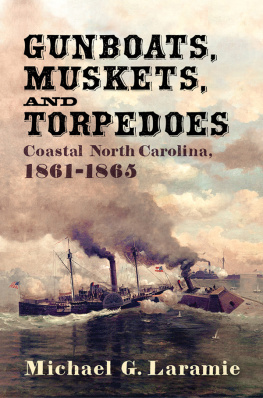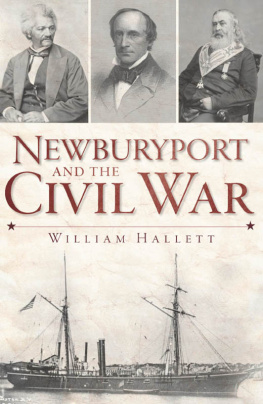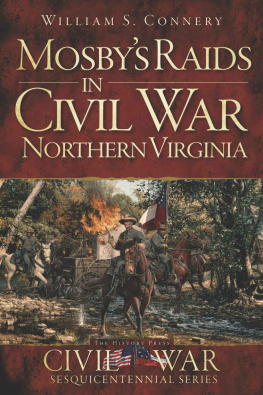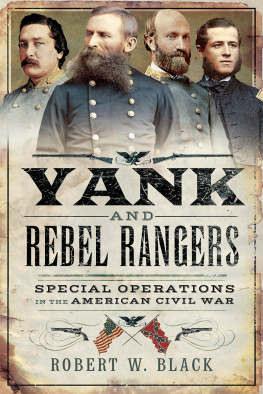The Naval Institute Press is the book-publishing arm of the U.S. Naval Institute, a private, nonprofit, membership society for sea service professionals and others who share an interest in naval and maritime affairs. Established in 1873 at the U.S. Naval Academy in Annapolis, Maryland, where its offices remain today, the Naval Institute has members worldwide.
Members of the Naval Institute support the education programs of the society and receive the influential monthly magazine Proceedings and discounts on fine nautical prints and on ship and aircraft photos. They also have access to the transcripts of the Institutes Oral History Program and get discounted admission to any of the Institute-sponsored seminars offered around the country.
The Naval Institute also publishes Naval History magazine. This colorful bimonthly is filled with entertaining and thought-provoking articles, first-person reminiscences, and dramatic art and photography. Members receive a discount on Naval History subscriptions.
The Naval Institutes book-publishing program, begun in 1898 with basic guides to naval practices, has broadened its scope to include books of more general interest. Now the Naval Institute Press publishes about one hundred titles each year, ranging from how-to books on boating and navigation to battle histories, biographies, ship and aircraft guides, and novels. Institute members receive significant discounts on the Presss more than eight hundred books in print.
Full-time students are eligible for special half-price membership rates. Life memberships are also available.
For a free catalog describing Naval Institute Press books currently available, and for further information about subscribing to Naval History magazine or about joining the U.S. Naval Institute, please write to:
Membership Department
U.S. Naval Institute
291 Wood Road
Annapolis, MD 214025034
Telephone: (800) 2338764
Fax: (410) 2697940
Web address: www.navalinstitute.org

Americans have always had strong feelings about their Civil War. In the decades following Appomattox participants and observers, blue and gray, anxiously rushed into print to offer their notions of what had happened. The public, too, wanted to know, so through dozens of magazines and hundreds of books the story of the war emerged, not always clear, not always accurate, but always in abundance.
Bibliographies provide a good starting place for those interested in the naval side of the war. Among the best are Myron J. Smith, American Civil War Navies: A Bibliography of American Naval History (Metuchen, N.J.: Scarecrow Press, 1972); Paolo E. Coletta, A Bibliography of American Naval History (Annapolis, Md.: U.S. Naval Institute Press, 1981); and Robert G. Albion, Naval and Maritime History: An Annotated Bibliography (Mystic, Conn.: Marine Historical Association, 1972). The Albion bibliography should be used with Benjamin W. Labaree, A Supplement to Robert G. Albions Naval and Maritime History: An Annotated Bibliography (Mystic, Conn.: Mystic Seaport Museum, 1988).
For the historian the first recourse ought always to be the primary documents. Fortunately for those interested in the naval history of the Civil War the most important documents have been published in two monumental series. The 31-volume, Official Records of the Union and Confederate Navies in the War of the Rebellion (Washington, D.C.: Government Printing Office, 18941922), are indispensable, as is the 128-volume The War of the Rebellion: A Compilation of the Official Records of the Union and Confederate Armies (Washington, D.C.: Government Printing Office, 18801901). Three other useful government publications are Atlas to Accompany the Official Records of the Union and Confederate Armies (Washington, D.C.: Government Printing Office, 189195); Civil War Naval Chronology 18611865 (Washington, D.C.: Naval History Division, 1971); and Dictionary of American Naval Fighting Ships, 8 vols. (Washington, D.C.: Naval History Division, 195981).
The private papers of naval participants have not been as quick to appear in print as those of their army colleagues. Nevertheless, good sources are available. These include Howard K. Beale, ed. The Diary of Gideon Welles, 3 vols. (New York: W. W. Norton, 1960); Robert M. Thompson and Richard Wainwright, eds., Confidential Correspondence of Gustavus Vasa Fox, 2 vols. (New York: Naval History Society, 1918); and John D. Hayes, ed., Samuel Francis du Pont: A Selection from His Civil War Letters, 3 vols. (Ithaca, N.Y.: Cornell University Press, 1969).
Not unexpectedly David Dixon Porter contributed to the flood of postwar literature. His two principal works, both of which need to be approached with caution, are Incidents and Anecdotes of the Civil War (New York: D. Appleton, 1885) and The Naval History of the Civil War (New York: Sherman, 1886). Porter was also a contributor to Battles and Leaders of the Civil War, a four-volume collection of essays published by Century magazine in 1887. These volumes, too need, to be used with care, as does Frank Moore, ed., The Rebellion Record, 11 vols. (New York: D. Van Nostrand, 186468).
Journals have not been afraid to publish Civil War essays. Historical societies of the states involved in the war have often published, in their own journals or via special publications, important works on naval aspects of the War. In addition, such journals as The American Neptune, Proceedings of the U.S. Naval Institute, Military Affairs, and Civil War History ought to be sought.
The Confederate side of the naval war may be glimpsed in J. Thomas Scharf, History of the Confederate States Navy (New York: Rogers and Sherwood, 1887); James D. Bulloch, The Secret Service of the Confederate States, 2 vols. (New York: Putnam, 1884); Raphael Semmes, Memoirs of Service Afloat During the War Between the States (Baltimore: Kelly, Piet, 1869); and more recently the various works by William N. Still, Jr.
Among the secondary studies I have found useful are Bern Anderson, By Sea and by River: A Naval History of the Civil War (New York: Alfred Knopf, 1962); C. B. Boynton, The History of the Navy During the Rebellion, 2 vols. (New York: D. Appleton and Company, 186768); Robert Carse, Blockade: The Civil War at Sea (New York: Rinehart and Company, 1958): Virgil Carrington Jones, The Civil War at Sea, 3 vols. (New York: Holt, Rinehart & Winston, 1960); and Howard P. Nash, A Naval History of the Civil War (New York: A. S. Barnes, 1972) .

The Union
Dissolves
12 APRIL 1861, 3:30 A.M.
B y authority of Brigadier General Beauregard, commanding the Provisional Forces of the Confederate States, we have the honor to notify you that he will open the fire of his batteries on Fort Sumter in one hour from this time.Confederate guns and relieve the garrison. That hope rested with ill-informed politicians and officers in Washington, who had never seen Pierre G. T. Beauregards sturdy fortifications.
At 4:30 A.M. the Confederate batteries opened fire. Meanwhile, offshore the long-awaited Union relief arrived. It was a fleet of three vessels: the unarmed merchantman Baltic, the small revenue cutter Harriet Lane, and the steam frigate Pawnee. When they realized it was hopeless to try to run the Confederate gauntlet, these ships tacked and steamed back and forth out of range. Their crews crowded the bulwarks, trying to catch a glimpse of the drama in the harbor.
Next page









